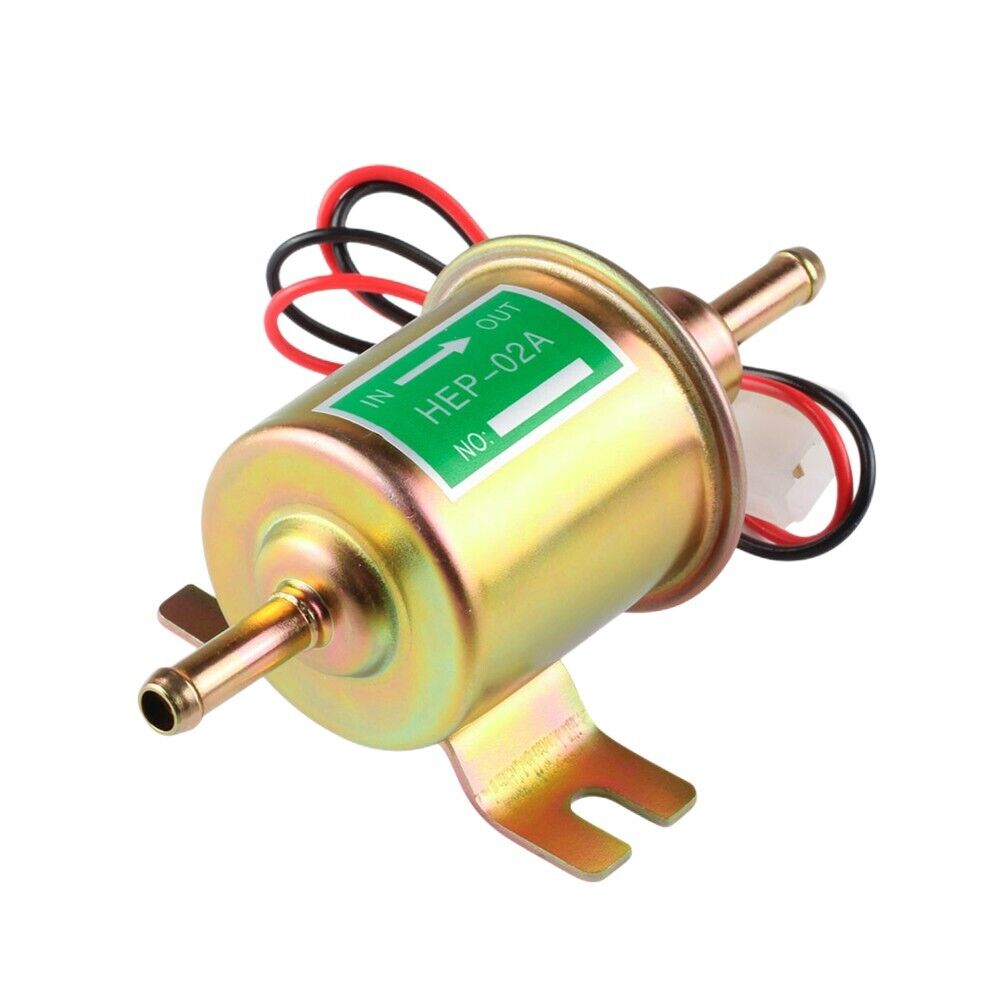In today's world, where indoor air quality is increasingly recognized as a critical component of overall health, addressing poor ventilation in your home is more important than ever. Poor ventilation can lead to a host of problems, including mold growth, increased allergens, and even structural damage. This article will delve into the causes of poor ventilation, its effects, and practical, professional solutions to enhance airflow in your living space.
Understanding Poor Ventilation
Before we explore solutions, it's essential to understand what constitutes poor ventilation. Ventilation refers to the process of exchanging indoor air with outdoor air to maintain air quality and regulate temperature. Poor ventilation occurs when this exchange is insufficient, leading to stale air, humidity buildup, and pollutants lingering in the home.
Common Causes of Poor Ventilation
- Inadequate Airflow Design: Many homes are built without proper consideration for airflow. Blocked vents, poorly placed windows, and insufficient ductwork can all contribute to inadequate ventilation.
- Sealed Homes: Modern energy-efficient homes are often sealed tightly to prevent air leaks. While this is beneficial for energy conservation, it can trap pollutants and moisture indoors.
- Obstructions: Furniture, curtains, and other obstructions can block air pathways, preventing proper circulation.
- Exhaust Issues: Bathrooms and kitchens require effective exhaust systems to remove moisture and odors. If these systems are malfunctioning or absent, it can lead to poor ventilation.
The Consequences of Poor Ventilation
The implications of poor ventilation extend beyond discomfort. Here are some potential consequences:
- Health Risks: Poor air quality can exacerbate respiratory issues, allergies, and other health problems. Mold spores, dust mites, and volatile organic compounds (VOCs) can thrive in stagnant air.
- Structural Damage: Excess moisture can lead to wood rot, peeling paint, and damage to insulation, ultimately compromising the structural integrity of your home.
- Unpleasant Odors: Stale air can lead to musty smells that permeate your living space, making it less inviting.
Solutions to Improve Ventilation
Now that we understand the causes and consequences of poor ventilation, let's explore effective solutions to enhance airflow in your home.
- Assess and Optimize Airflow Design
Start by evaluating your home's airflow design. Ensure that vents are unobstructed and that air can flow freely throughout the space. Consider the following:
- Rearranging Furniture: Move furniture away from vents and air returns to allow for unobstructed airflow.
- Installing Additional Vents: If certain rooms are consistently stuffy, consider adding vents or registers to improve air distribution.
- Utilize Exhaust Fans
Exhaust fans are essential in areas prone to moisture, such as kitchens and bathrooms. Ensure that these fans are functioning correctly and are used regularly. If your home lacks exhaust fans, consider installing them to help expel humid air and odors.
- Incorporate Fresh Air Intake Systems
Fresh air intake systems can significantly improve indoor air quality. These systems bring in outdoor air while filtering out pollutants, ensuring a continuous supply of fresh air. Options include:
- Heat Recovery Ventilators (HRVs): These systems exchange stale indoor air with fresh outdoor air while recovering heat, making them energy-efficient.
- Energy Recovery Ventilators (ERVs): Similar to HRVs, ERVs also manage humidity levels, making them ideal for climates with extreme humidity.
- Regular Maintenance of HVAC Systems
Your heating, ventilation, and air conditioning (HVAC) system plays a crucial role in maintaining indoor air quality. Regular maintenance, including changing filters and cleaning ducts, can prevent airflow issues. Consider scheduling professional inspections to ensure your system operates efficiently.
- Natural Ventilation Techniques
In addition to mechanical solutions, natural ventilation can be an effective way to improve airflow. Strategies include:
- Cross-Ventilation: Open windows on opposite sides of your home to create a cross-breeze, allowing fresh air to flow through.
- Stack Ventilation: Utilize the natural rise of warm air by opening upper windows to allow hot air to escape, drawing in cooler air from lower openings.
- Humidity Control
Managing humidity levels is crucial for maintaining good air quality. Use dehumidifiers in damp areas and ensure that your home is adequately insulated to prevent moisture buildup. Regularly check for leaks and repair any plumbing issues promptly.
Conclusion
Improving ventilation in your home is not merely a matter of comfort; it is essential for health, safety, and the longevity of your property. By understanding the causes of poor ventilation and implementing the solutions outlined in this article, you can create a healthier living environment. Whether through optimizing airflow design, utilizing exhaust systems, or incorporating fresh air intake solutions, taking proactive steps will ensure that you and your family can breathe easy in your home.
